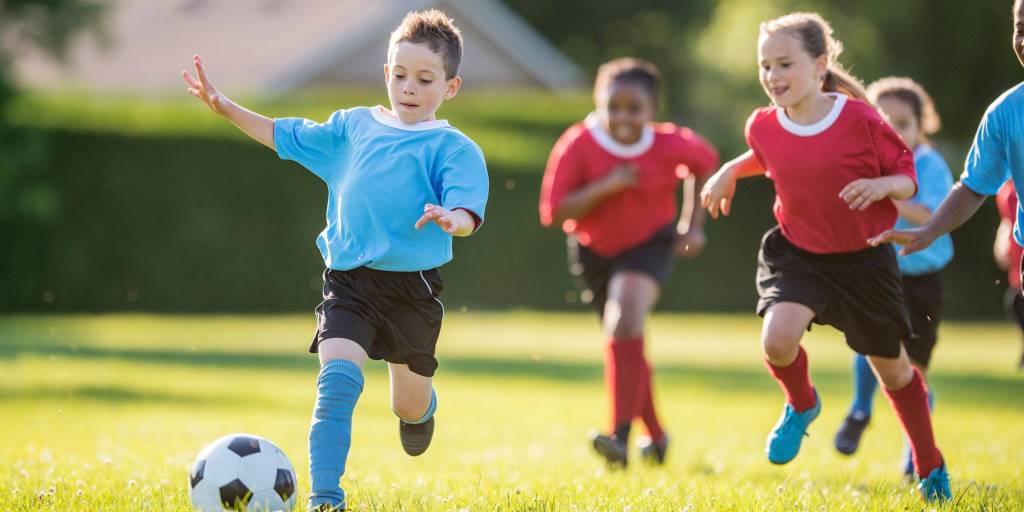As a parent, you probably get very anxious if your child is suffering any form of discomfort. Children, most especially toddlers, are full of energy. However, since they walk unsteadily, their explorations can cause an injury; one of these is a broken toe.
A child with a broken toe may feel significant pain and have trouble walking for a few weeks. The injury, however, is not life-threatening though improper care and treatment can lead to serious complications.
There’s a general notion that seeking treatment for broken toes might be a tad dramatic, hence you might hesitate to go to the doctor. Keep in mind, however, that a simple injury on one toe impacts your child’s balance and gait, which in turn also affects the body’s overall mobility and strength.
Untreated or mistreated fractured toes might develop into a premature arthritic joint or result in chronic pain or deformity in the bone’s architecture that will further limit mobility. It might also cause your child to struggle with wearing shoes. As a parent, you really want ensure a full and complete recovery to prevent these complications.
Tips for Caring a Child with Broken Toes
What causes broken toes?
Your child might have stubbed a toe or dropped something on his or her feet that caused the fracture. This can be classified as either a traumatic fracture or a stress fracture.
Traumatic fractures present the following symptoms:
-
A cracking sound on the toes at the time of impact or break
-
Some bruising and swelling
-
An abnormal toe appearance
-
Tenderness
-
Discoloration
Stress fractures commonly occur among athletes and can manifest the following symptoms:
-
A throbbing pain or pain that doesn’t go away
-
Pain that goes away if the patient is at rest but returns with activity
-
Pain when touching the toes
-
Some swelling but there’s no bruising
-
Tenderness
A traumatic bone fracture happens on impact while a stress fracture usually results from repetitive movements or miscalculated steps or movements.
How is a broken toe treated?
Generally, a family doctor can diagnose a fractured toe and outpatient care is enough unless the injury is so severe that the bones poke or penetrate through the skin, which can only be treated by surgery.
An injury to the big toe impacts a patient more than the other toes because the big toe propels your steps and movement. Hence, it might require immediate medical treatment. In some cases, a family doctor might need to refer your child to a doctor who specializes in foot health and care, such as a podiatrist.
For most cases, recovery and treatment can be done at home. First, however, a doctor will have to look into the type of injury via an X-ray. Once that’s determined, you can take the following measures to manage your child’s broken:
-
Get plenty of rest. At this point, the doctor will require your child to hold off any activities requiring the use of the feet during the healing period.
-
Apply an ice pack. To address the pain and swelling of the broken toes, apply an ice pack on the affected area during the first few days of the injury for 15 to 20 minutes at a time.
-
Elevate the injured foot. Elevating the injured foot above the level of the heart will help reduce the swelling. Do this along with placing an ice pack on your child’s injured toes.
-
Apply buddy taping. In some cases, your doctor might recommend taping a broken toe to an uninjured toe for a few days. The method called buddy taping, however, might result in skin complications or ineffective healing because of low patient compliance. As a parent, you need to make sure that your child will not play with the tape and peel it off.
-
Wear toe splints to promote recovery of stable or non-displaced injuries. These items work to keep the toes in its position during the healing process.
-
Use a cast. A cast might be necessary to help your child get around a week after the toe injury. At this stage, the pain on the toes should subside already, if not completely gone, and mild activity of the legs is encouraged.
-
Administer pain reliever. Your child might need a pain medication to manage the injury better. Make sure to follow the doctor’s prescription.
Read more: 15 Common Toddler Tooth Problems and Remedies
Do fractured toes have complications?
A malunion is a toe fracture that has supposedly completely healed but then the patient still experiences persistent pain. To avoid this complication, watch out for the following signs and symptoms:
-
Tenderness, pain, and swelling of the previously injured foot
-
Difficulty in bearing weight
-
A general lack of interest in moving or doing activities
-
Deformity of the previously injured foot
Treating broken toes should be steady and regular until there is no more pain and tenderness. This might last from three to six weeks. Consult with the doctor if your child complains of pain and discomfort during the healing stage.
Read more: Common Allergies among Children













